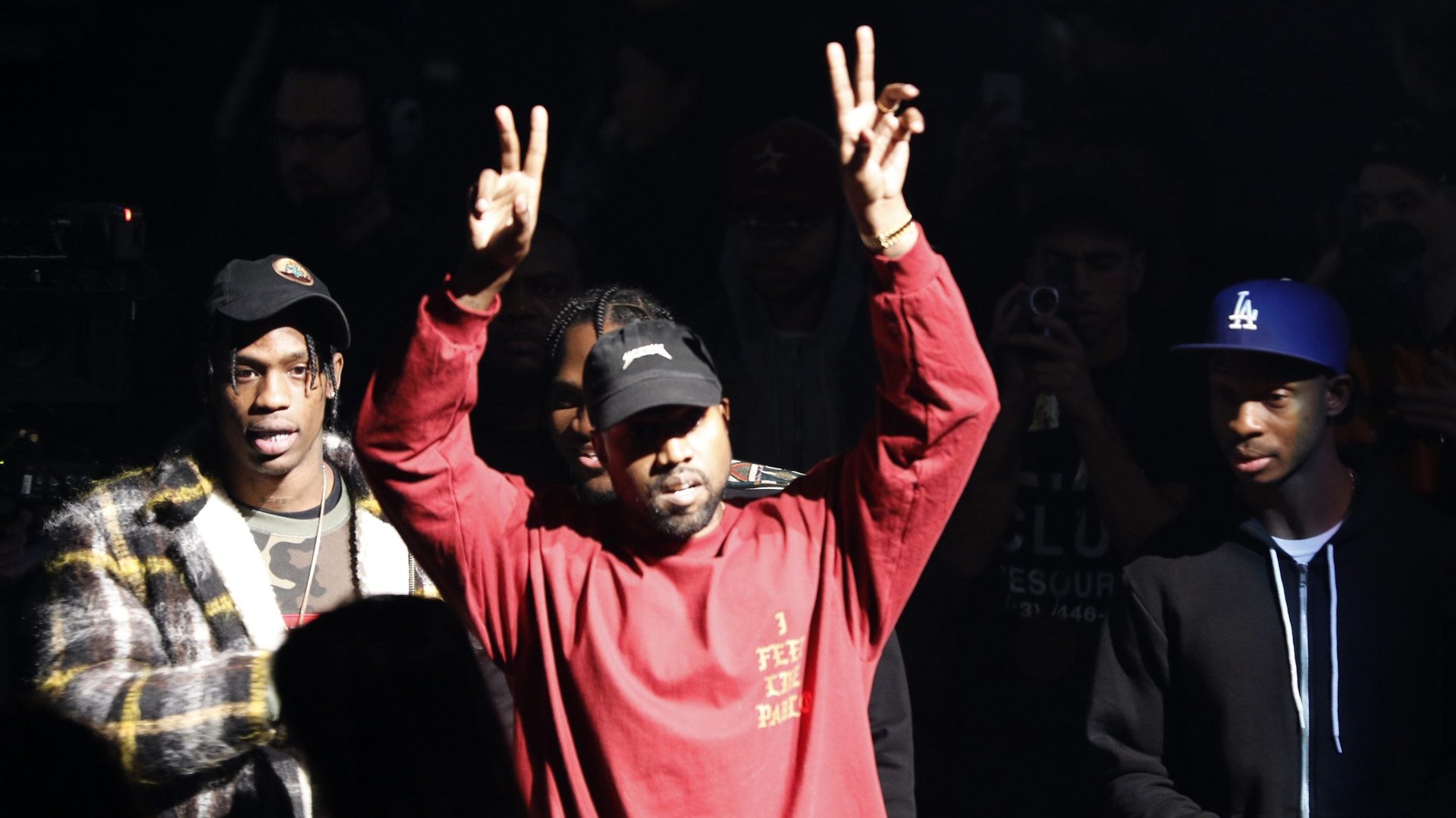Black Americans are the faces of Adidas, but missing from its leadership
At Adidas’s North American headquarters, less than 5% of the employees are black, according to internal company figures revealed in a New York Times report (paywall). In real numbers, that equates to fewer than 75 people out of nearly 1,700 employees at the company’s Portland, Oregon campus.


At Adidas’s North American headquarters, less than 5% of the employees are black, according to internal company figures revealed in a New York Times report (paywall). In real numbers, that equates to fewer than 75 people out of nearly 1,700 employees at the company’s Portland, Oregon campus.
The situation appears even more stark within the ranks of Adidas’s global vice presidents. Two people familiar with the figures told the Times that last year only three of approximately 340 people in that role—about 1% of the total—were black. “One of the black executives, a female head of operations, has since departed,” the Times noted.
As the Times points out, Adidas’s North American employee demographics contrast sharply with its public image, which has leaned on black Americans for decades. The discrepancy reiterates how significant the gap can be between a company’s outward face and the makeup of its actual corporate leadership.
The problem is hardly Adidas’s alone. At Nike, which publishes its diversity numbers, about 8% of company vice presidents and fewer than 5% of directors are black. Nike has also been called out (paywall) for promoting women in its marketing materials while using contracts for female runners that effectively penalized them for getting pregnant. (Nike has said it will change its contracts.) The fashion industry overall, which makes much of its profits by selling to women, has surprisingly few female CEOs, and numerous companies fall short when it comes to diversity in their corporate leadership.
At Adidas, the contrast may feel especially pronounced because the company, though founded and based in Germany, owes a good deal of its image to black Americans. It signed the rap world’s first million-dollar endorsement deal with Run DMC in 1986, and some of its most prominent brand ambassadors today include musicians Kanye West, Pharrell Williams, and Beyoncé, as well as basketball players James Harden, Kyle Lowry, and Damian Lillard.
Many of the sales associates representing Adidas to shoppers in its US retail stores are black. An Adidas spokesperson told the Times that 55% of all its employees in the US, including people paid an hourly wage in retail stores, are people of color.
Not least of all, black Americans are also important customers. North America is one of Adidas’s biggest markets, representing more than 20% (pdf) of its sales last year.
Black employees in Portland who spoke to the Times said they sometimes felt overlooked or discriminated against. Adidas’s president of North America reportedly acknowledged to employees that the company needed to improve diversity in its corporate office, the Times reported.
But in a later staff meeting, he also reportedly said that Adidas’s Portland office reflected the local population. The company first moved its US headquarters to Portland, where Nike was founded, in 1993 (paywall). The city is currently more than 70% white and just under 6% black, in part because of its history of keeping out minority groups.

“We are committed to fostering a respectful, equitable, and inclusive environment for all Adidas employees around the world,” the company said in a statement to Quartz. “It’s crucial that we have and support a diverse workforce that represents a variety of ideas, strengths, interests and backgrounds and that we promote an open culture where all of our people can fully contribute. We value all of our employees, are stronger because of their unique perspectives, and are dedicated to achieving greater diversity at every level of the company.”
The company added that it is actively strengthening its policies and programs to make sure it’s recruiting and retaining a diverse staff. Adidas said it had recently expanded a diversity and inclusion team in North America, and it has a strategy in place to bring people from different backgrounds to the company’s corporate headquarters. “While we have made progress in these areas, we recognize there is much more to be done, and we are committed to doing it,” Adidas said.
In its 2018 annual report (pdf), Adidas described diversity as critical to its success, saying it allows the company to better meet the needs of a wide range of global customers. It boasted that there are employees from more than 100 nations working at the company’s headquarters in Herzogenaurach, Germany, and said failure to create a culture that fosters diversity and inclusion could even impede its ability to achieve its business goals.